Want the best tipping gear? Remember: faster, lighter, stronger
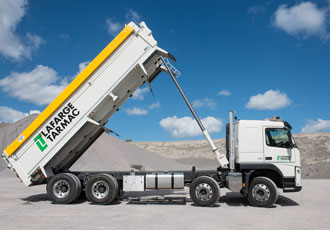
A tipping gear for any given vehicle can make a long-term contribution to operational profitability over its entire working life, if you select the best one that is. Gear must be optimally sized to safely tip the heaviest likely load, but so that it is as lightweight as possible in order to maximise payload. Further, selection of high quality tipping gear means maintenance costs will be reduced over the life of the vehicle. Also, correctly installing, testing and maintaining the tipping gear will enable safe and reliable operation at all times.
It is a fact of life that running a successful hauliage business is about hard work and attention to detail. Good, reliable vehicles must be able to cope with high mileages, bad weather and demanding routes; and also be fitted with the best possible equipment. It is also notable that operating costs may increase and that clients are always looking for faster deliveries, quicker turnaround times and reduced fees. Fleet operators, therefore, must do everything they can to maximise the profitability of every trip by minimising costs and maximising productivity.
Ultimately, maintaining a healthy profit margin boils down to running a fleet that is as fuel efficient as possible, that is able to carry as much load as possible, and which offer turnaround times as fast as possible. Even the smallest gains can combine to yield noticeable ROI over the life of the vehicle, leading to thousands of pounds in increased profits.
Smart specification of ancillary equipment such as tipping gear at the point of purchase can be a key contributor to those marginal gains, and most good bodybuilders will offer advice during the specification process. But what are the real differentiating factors between different design styles?
At Edbro, it is believed that cylinders should be specified to a very simple philosophy: Lighter, Faster, Stronger.
Payload and productivity
After improving mechanical and aerodynamic efficiency, the next best method for reducing running costs of a vehicle is reducing its kerb weight. This serves the dual purpose of improving fuel efficiency whilst also increasing payload. Most tipping gear today is manufactured with weight savings in mind, meaning the operator can carry more payload on each and every trip.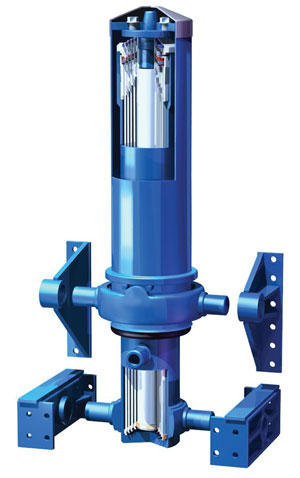
The ability to carry greater payload can represent considerable annual savings. But at the same time, cylinders which carry less oil result in a faster tipping action, generating a quicker turnaround and enabling operators carry more loads in a given time. So the right tipping gear – with a combination of reduced weight and a need for less oil – really can improve both payload and productivity on each journey.
Of course it is vital that safety and reliability are never compromised, so the quality of the manufacturer should also be considered rather than using a specification based purely on weight. The Edbro range of cylinders from JOST UK offers the highest strength to weight ratio cylinder on the market, making it easy for operators to specify components that improve vehicle payload without compromising on other important performance criteria. Edbro cylinders benefit from advanced manufacturing techniques that reduce overall weight while still achieving safety factors better than 50% of full load at full tip.
This capability is built upon years (100 years in Edbro’s case) of research, design and development, something that all reputable manufacturers must do to ensure that their cylinders can handle the advertised weight. The controlling factor of the lift capability of most cylinders is the effective working area of the smallest tube. For Edbro cylinders, this is typically greater than most competitors, delivering capacities up to a third higher. JOST also puts all Edbro cylinders through rigorous testing, including a gruelling 10,000 tip cycle stress test to ensure the highest reliability.
On vehicle installation considerations
Along with reduced weight, tipper operators might also need to consider overall size when specifying tipping gear. Space on the chassis is often limited, and indeed this issue has become more acute since the introduction of Euro6 Emissions Controls.
A highly compact design is one of the big advantages of opting for tipping gear with combined ram and tank. In addition, fitters can also benefit from simpler installation. And the easier it is to fit a product, the faster it can be fitted: optimising profitability.
Another consideration is whether to opt for under-body tipping gear or front-end tipping gear. This decision is typically based around the intended application and what will be the most efficient. For example, front-end cylinders are the easier to fit, but these may get in the way if a crane is required, so under-body cylinders are often specified. Of course there are exceptions to every rule, and Boweld and Fruehauf have both recently fitted specially built Edbro CS15 cylinders to crane grab vehicles to minimise curb weight. If a three-way or sideways tipper is required then under-body is the only option. Under-body tipping gear allows the greatest body length and volume, but it should be noted that it requires stiffening of the body and chassis.
Maintenance requirements
In the past, specifying a tipping cylinder often meant finding a balance between fast operation and reliability. Unfortunately, even though technology has moved on, many manufacturers are still letting customers down with poor reliability records. Edbro designers believe that as standard a cylinder should last at least as long as the vehicle it was originally fitted to. Ask your body builder for proof that the cylinder you’re specifying has been built to last.
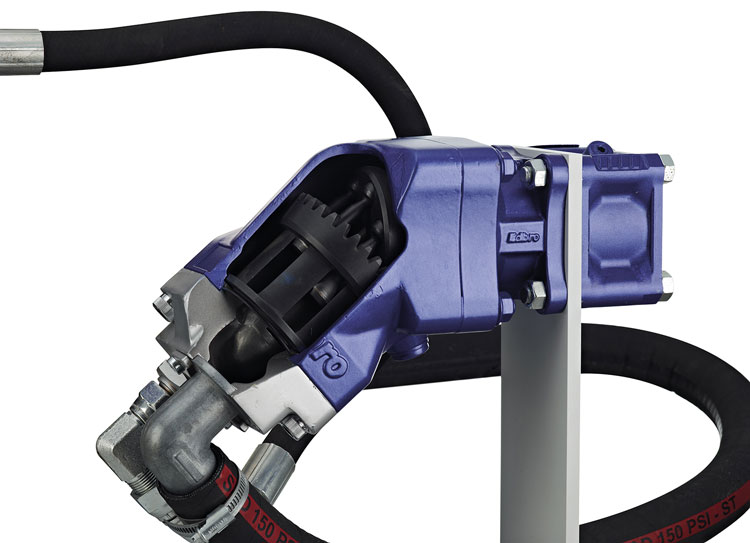
Some might argue that long-term reliability is purely a function of good maintenance procedures, but the best cylinders will be built to ensure reduced wear and to minimise maintenance requirements. Modern sealing and advanced manufacturing techniques will all help to improve reliability while at the same time increasing speeds for lifting and lowering. It is the high level of attention to detail in design that has seen Edbro cylinders proven to be the most reliable on the market.
Today the best design of cylinders are supplied virtually as ‘fit and forget’ components, but this does not mean that they are completely maintenance-free. There are still maintenance procedures that should be followed, as specified in the operator manual. Bearings and bushings should be greased at the specified intervals, along with replacing the hydraulic oil. Following these simple maintenance requirements will significantly extend the life of the equipment.
A final tip for specifying cylinders that will boost productivity, increase payload, reduce maintenance, increase lifetime, maximise safety and match the design of the vehicle in question is to work with a supplier that is an expert in tipping technology. Reputation is built on results, and the reputation of the Edbro brand is built on 100 years of manufacturing the most reliable cylinders on the market.
Similar articles
More from Jost UK Limited
- What does the future look like for self-driving trucks? 17th June 2020
- Big order for hydraulic tipper systems 9th October 2019
- MAN tipper trucks warranty includes EDBRO hydraulics 16th August 2019
- JOST’s double display ensured Tip-Ex success 15th August 2019

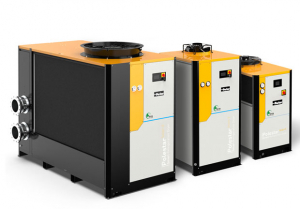
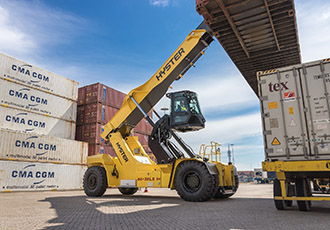
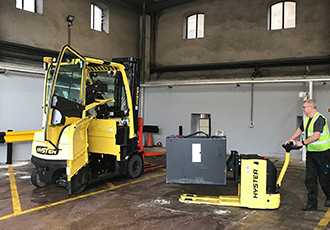
.jpg)







Write a comment
No comments